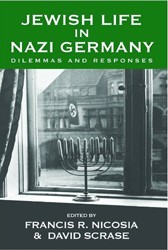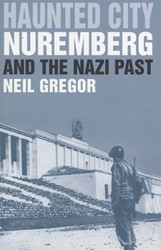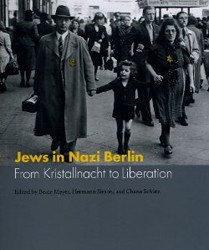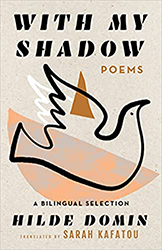Readers may be familiar with the photograph of the Nazi-orchestrated book burning in front of a German university in May, 1933. What is not widely known is that Hitler’s government established a rigid system of book censorship and an index of undesirable books that existed until the end of the war. Inherent in Nazi ideology was the claim to total domination of the world of ideas.
In his new book, Harmful and Undesirable: Book Censorship in Nazi Germany, Guenter Lewy informs us that 5,485 book titles were banned by the end of the war. The entire censorship process was implemented by a number of competing bureaucracies, but mainly the Reich Chamber of Literature (RSK). The banned books included those of alleged moral corruption, works of Marxism and pacifism, books and articles perceived as damaging the martial spirit and morale of the German people and those propagating Catholic or other confessional ideas, and works that fell into the catch designation of “failure to live up to what was to be expected in the new Germany.” But what of books and publications by Jewish authors and publishing companies?
Nazi propaganda had long equated being Jewish with being un-German. But an unexpected complication came with banning “Jewish” books: after the Nuremberg Laws were implemented in 1935, it became increasingly difficult to determine which “Jews” were to have their books banned — three-quarter Jews, half-Jews, quarter-Jews? There was also the difficulty of Jewish publishing firms. In the 1930s the Nazi government was in desperate need of foreign currency, and closing down Jewish owned publishing houses meant a severe loss of essential income. However, Joseph Goebbels, the Minister of Propaganda, insisted that culture trumped economic necessity; and so many Jewish-owned cultural enterprises were “Aryanized.” Goebbels argued that “the people of the poets and thinkers had let their culture be administered by Semites,” and claimed that “40 percent of all German authors had been Jews,” who “had developed their decadent and corrosive version of German literature in order to subjugate the German people, a step in the Jewish conspiracy to rule the world.”
Until 1938, the struggle against Jewish books was focused on those written by assimilated German Jews. The list of banned Jewish authors included such writers as Vicky Baum, Emil Ludwig, Lion Feuchtwanger, Franz Kafka, Arthur Schnitzler, Kurt Tucholsky, Franz Werfel, and Arnold and Stefan Zweig. In addition, the Ministry of Propaganda warned the book trade that no mention was to be made anywhere of the works of Heinrich Heine. One Nazi journal pronounced that “Heine is not a poet, he is a Jew.” Once World War II started in 1939, the works of Jewish authors worldwide were either banned or placed on an index of undesirable books.
This is an important study of a sometimes ignored aspect of Nazi Germany’s effort to eliminate any criticism of the Third Reich — as well as use the banning books by Jews as one weapon in its war against the Jewish people.
Related Content:





